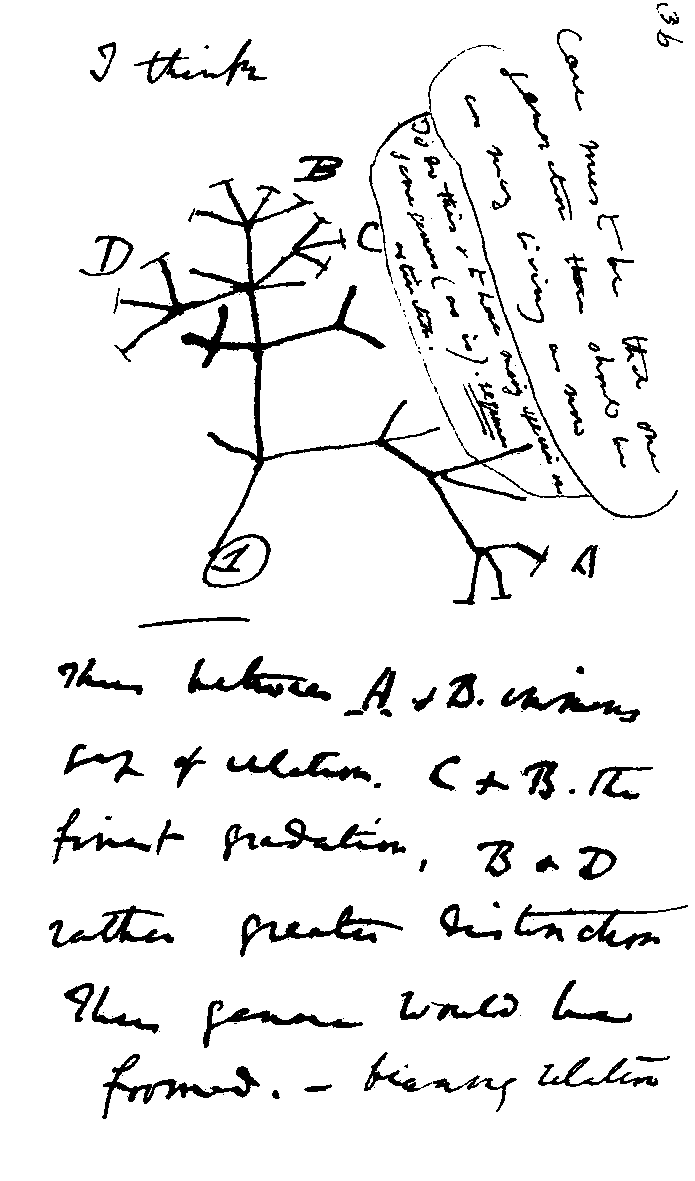Way back in 2008 I wrote a brief blog article about the sequencing of the genome of a rather poorly unusual organism, Trichoplax adhaerens (What the heck is a Placozoan, anyway?). The interest there was that the genome had a variety of genes associated with organisms with a more 'complex' structure (Trichoplax looks rather like a flattened blob of cells), while no-one really knew much about the biology of the animal.A paper describing sexual reproduction in Trichoplax has just been published in PLoS One (Eitel M, Guidi L, Hadrys H, Balsamo M, Schierwater B, 2011 New Insights into Placozoan Sexual Reproduction and Development. PLoS ONE 6(5): e19639. doi:10.1371/journal.pone.0019639). Here's an excerpt from the abstract:
[...] Placozoa are a unique model system for which the nuclear genome was published before the basic biology (i.e. life cycle and development) has been unraveled. [...] Here we report new observations on sexual reproduction and embryonic development in the Placozoa and support the hypothesis of current sexual reproduction. The regular observation of oocytes and expressed sperm markers provide support that placozoans reproduce sexually in the field. Using whole genome and EST sequences and additional cDNA cloning we identified five conserved sperm markers, characteristic for different stages in spermatogenesis. We also report details on the embryonic development up to a 128-cell stage and new ultrastructural features occurring during early development. These results suggest that sperm and oocyte generation and maturation occur in different placozoans and that clonal lineages reproduce bisexually in addition to the standard mode of vegetative reproduction. The sum of observations is best congruent with the hypothesis of a simple life cycle with an alternation of reproductive modes between bisexual and vegetative reproduction.All rather interesting - the authors note that the genome sequence was in the hands of scientists before the Trichoplax life cycle was in any way understood. I imagine that this sort of situation will occur more often, as projects that are randomly trawling the environment for novel DNA sequences have been carried out (Venter et al (2004) Environmental Genome Shotgun Sequencing of the Sargasso Sea. Science 304; 66-74).







